classrooms AND the in-between: teaching and learning beyond the classroom
BAU610 Taizhou School
Taizhou, Zhejiang Province, China
Discipline
ArchitectureTypology
EducationCity
Taizhou, Zhejiang Province, ChinaDate
2017Status
invited competitionClient
Taizhou Jiaojiang Communications Construction Investment and Management Co.,LtdProgram
84-class 9-year school (primary: 48 classes, lower secondary: 36 classes) with dormitories, library, auditorium, gymthe school as a formal teaching environment
Traditional education models are associated with an emphasis on the control of students and on a teacher-centered, lecture-oriented teaching environment. Spaces between classrooms were little more than left over space where students waited to enter the classrooms.
Contemporary education models explore a more interactive, collaborative, inquisitive, student-centred, teaching-learning environment.
the city as an informal learning environment
As designers of cities have known for centuries, the un-programed connective spaces between specific programs of a city are as important, if not more so, than the specifically programmed parts of the city. Cross-fertilization of ideas, informal learning and true innovation often occurs in the spaces between the more formal programmed city spaces.
the school as a city
Cutting edge educational facilities now realize that the spaces between the school buildings as well as the spaces between the classrooms are as important as the classrooms themselves – because, it is in these spaces that informal, flexible, innovative group learning takes place.
Rather than design the school’s buildings and then place them on the site, BAU first determined the circulation spaces of the school (the streets and lanes of the city) as a clear responsive network and placed them on the site. Only then were the envelopes of the school buildings developed and attached to the network.
The result is a very clear and legible campus plan, with noisy sports fields linked to the teaching spaces via the community buildings, such as library, theater, gymnasium and the swimming pool.
These streets and lanes of the campus become informal learning spaces, which provide many opportunities for students to sit and relax and form small to medium informal groups around tables and benches.
classrooms and the in-between
The goal of the contemporary school building is to blur the line between formal teaching in classrooms and the informal learning of the in-between spaces. With smart spatial design, informal teaching can inhabit the informal learning spaces, and vice versa.
Importantly, traditional classrooms are provided, however, a second very important network is developed – traditional school corridors have been transformed into lumpy and generous spaces where informal teaching and learning are encouraged. Within the largest of these corridors a number of semi-enclosed learning spaces are provided for informal events such as exhibitions and larger group work.
Each pair of traditional classrooms is provided with a glass-walled meeting room. This enables smaller student teams to communicate without distracting the rest of the class, and still be within easy reach of the teacher. In addition, a small nook is created within the classroom for even smaller group working.
This new approach to education requires the entire school to become a teaching-learning environment.
- Infrastructure
- Public
- Residential
- Healthcare
- Education
- Culture
- Office
- Retail
- Hotel
- Hospitality
- Mixed Use
- Sports
- Planning
- Urban Design
- Public Landscapes
- Private Landscapes
- Playgrounds
- Structures & Pavillions
- Residential
- Healthcare
- Education
- Culture
- Office
- Retail
- Hotel
- Hospitality
- 2023
- 2024
- 2021
- 2020
- 2019
- 2018
- 2017
- 2016
- 2015
- 2014
- 2013
- 2012
- 2011
- 2005-2010
- 2000-2005
- 1990-2000

















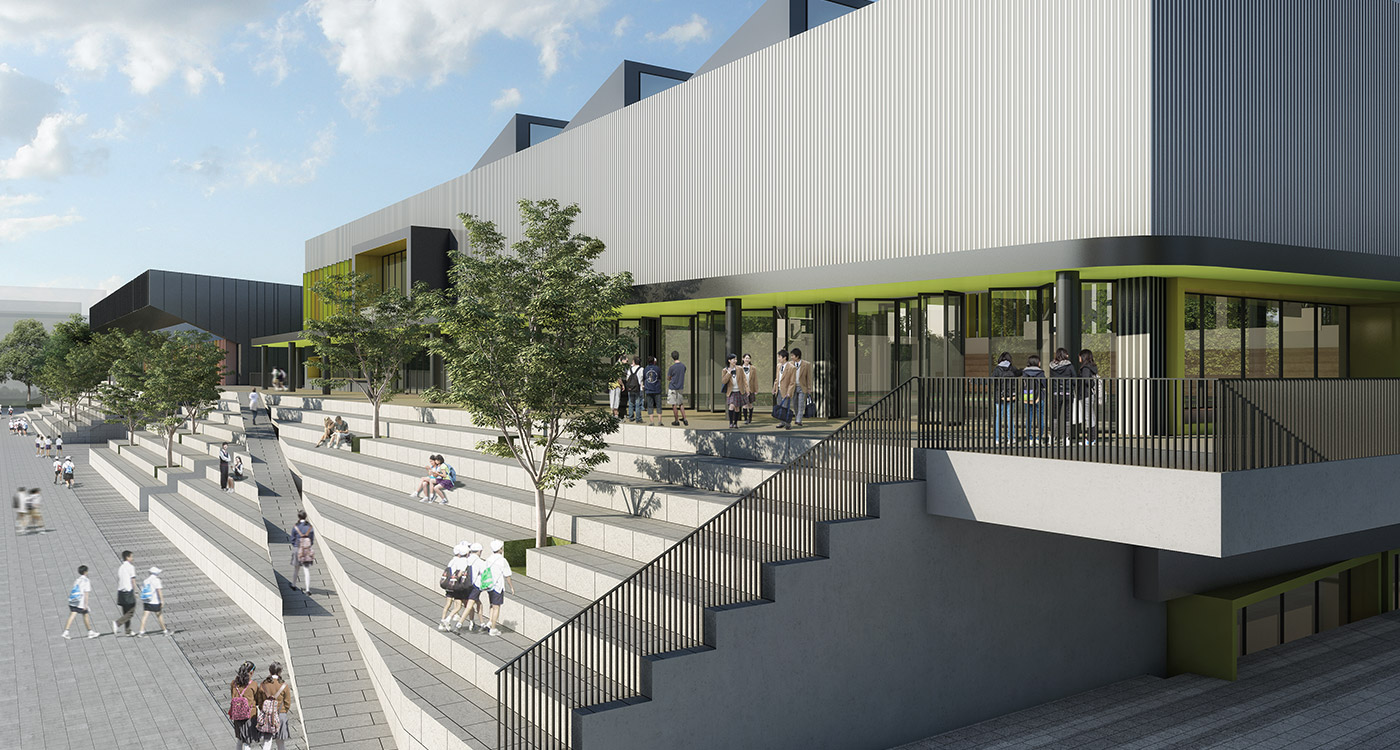















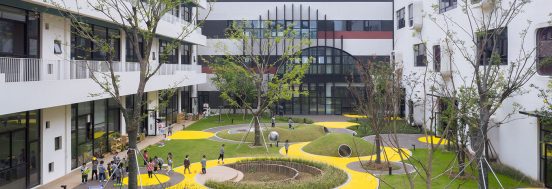











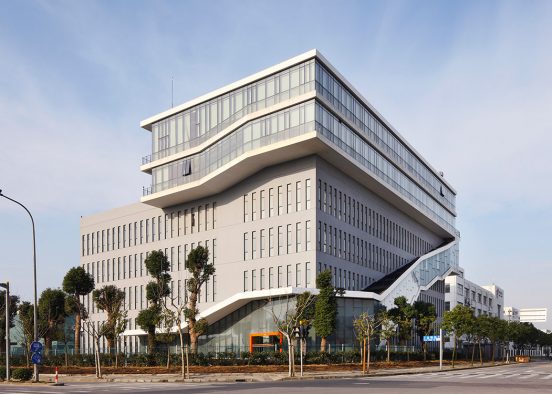


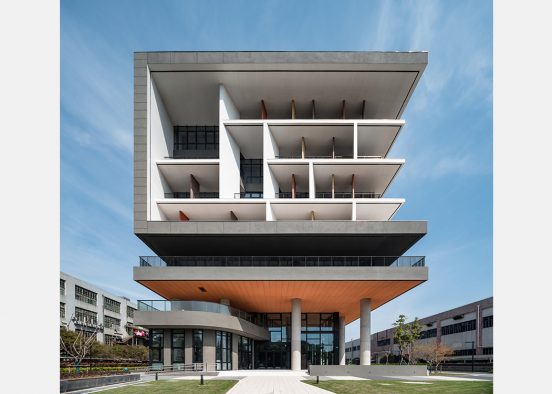


















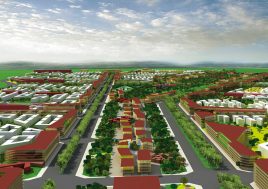





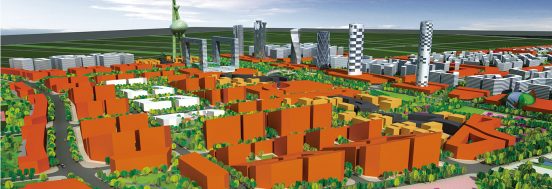







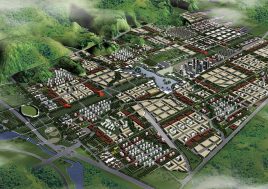










































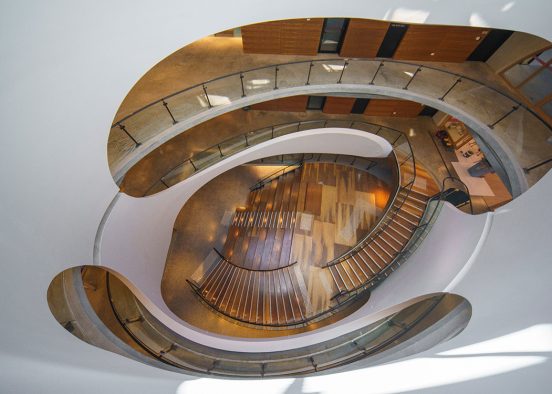








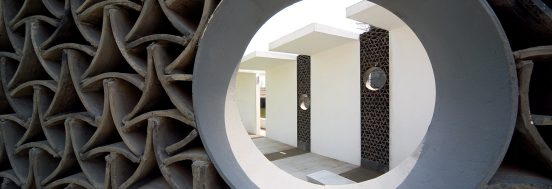

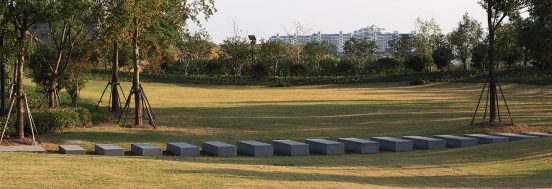
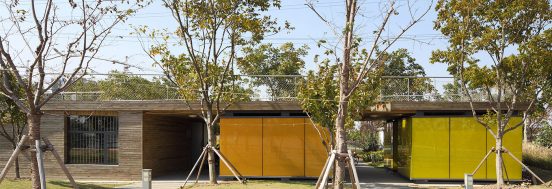


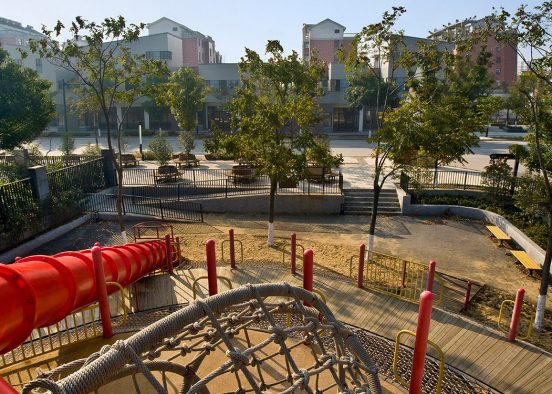













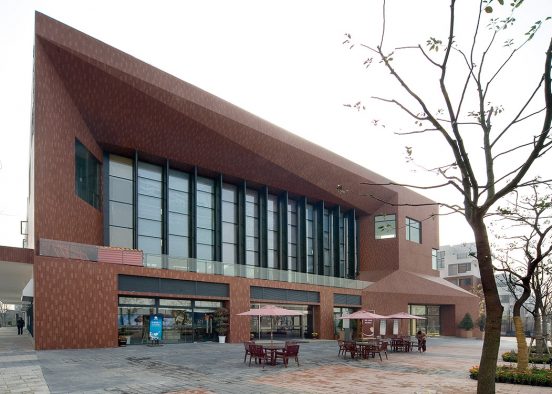
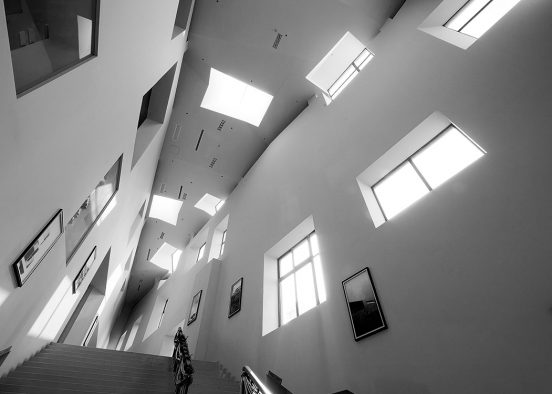
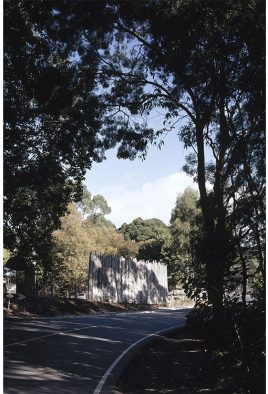
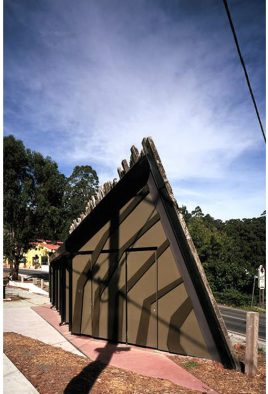













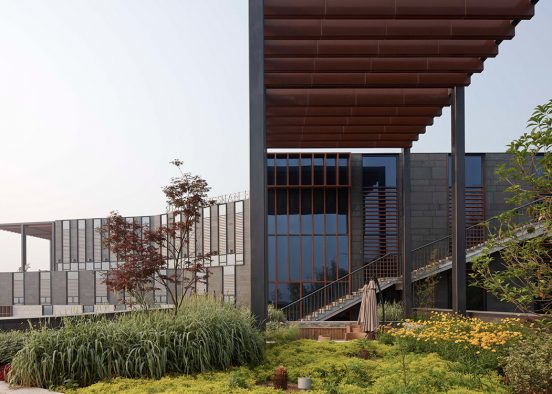








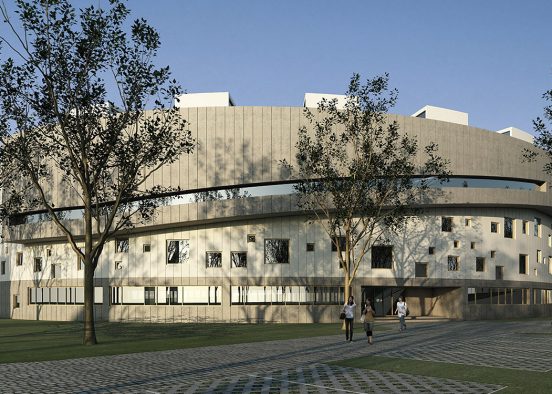







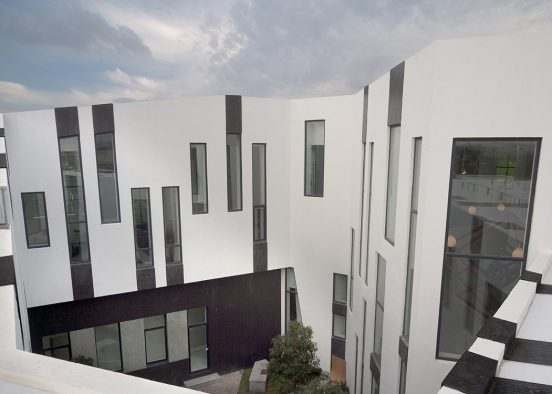








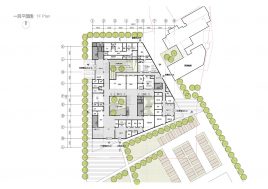


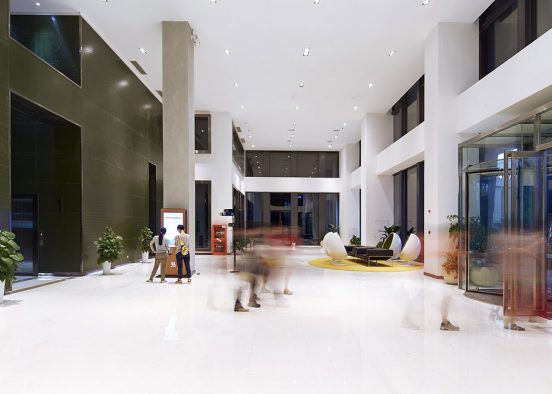

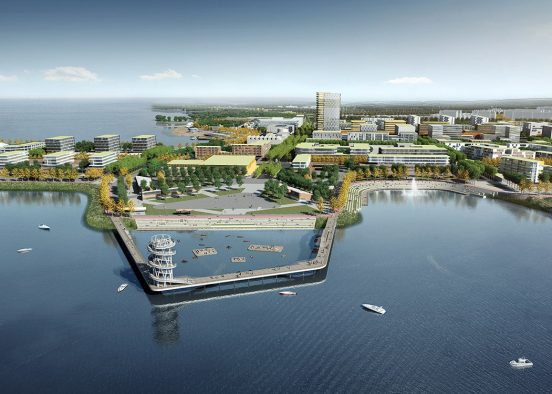





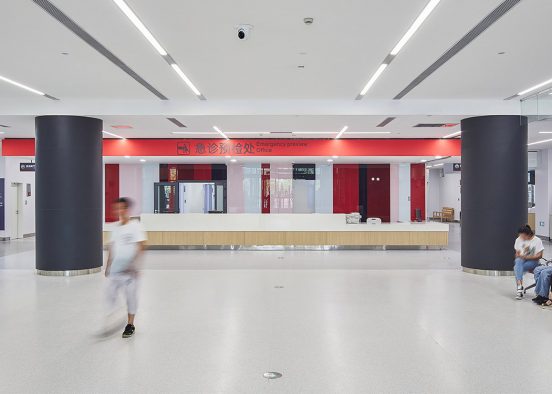




















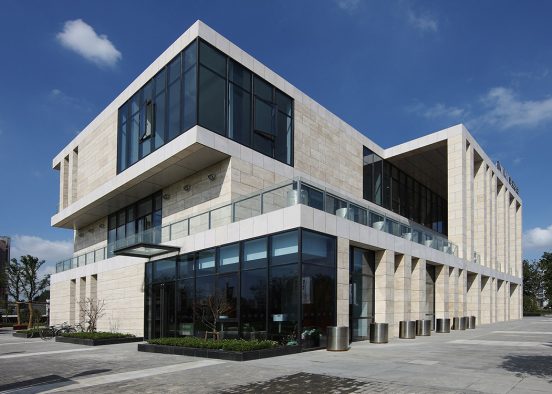










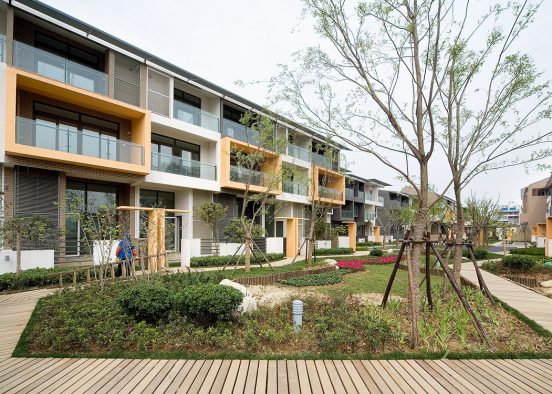
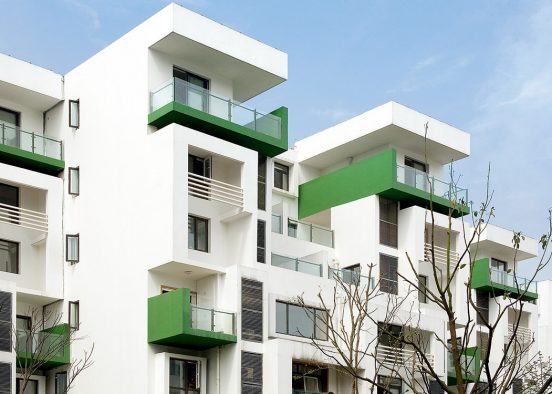









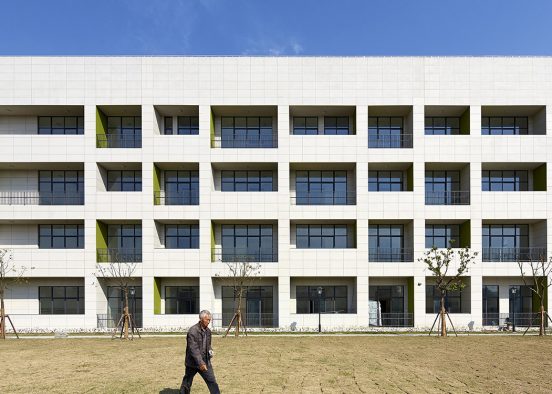
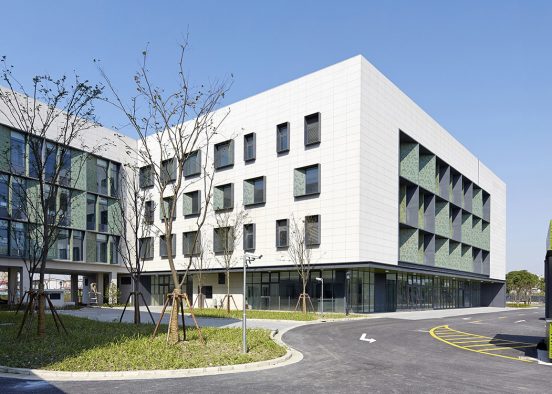


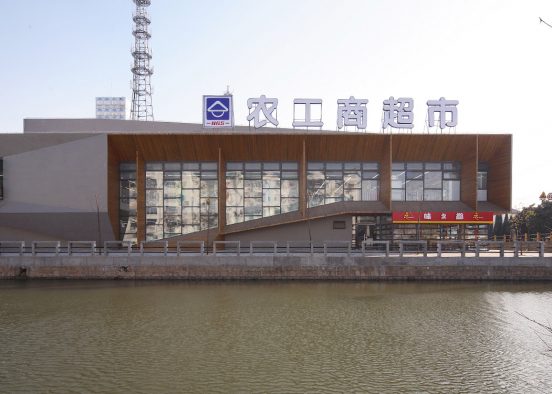
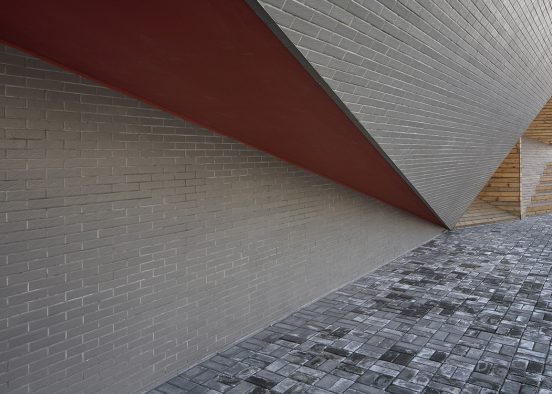

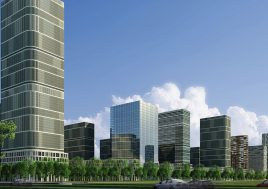



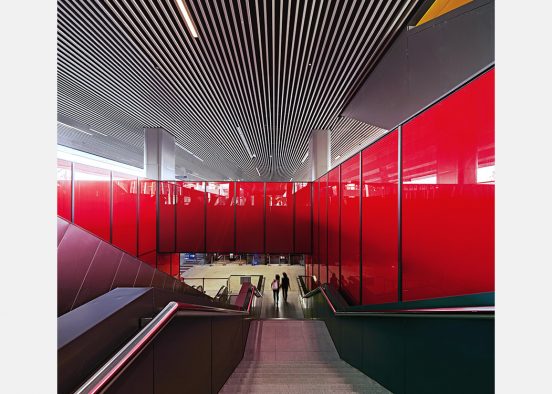


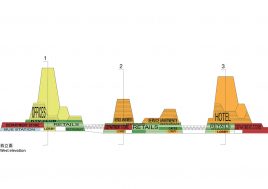







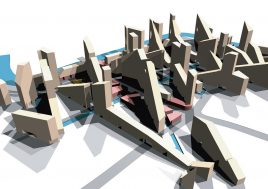



















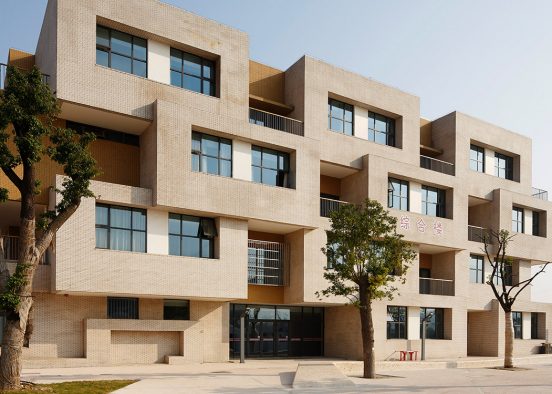



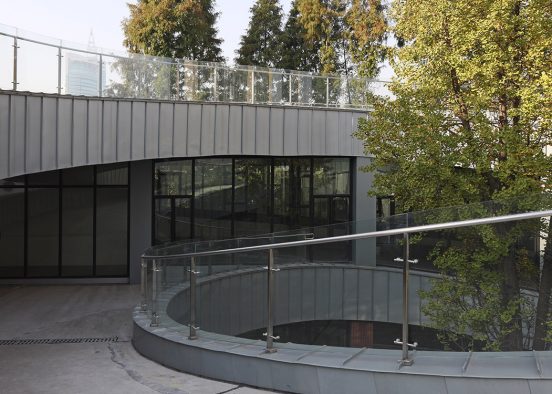
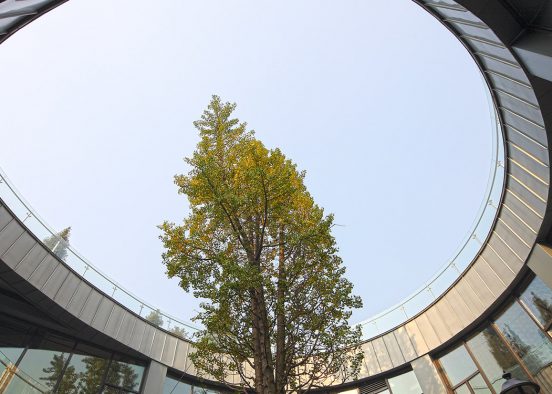



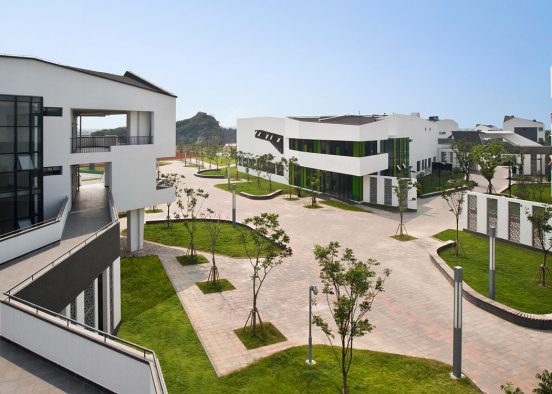




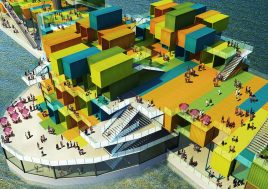












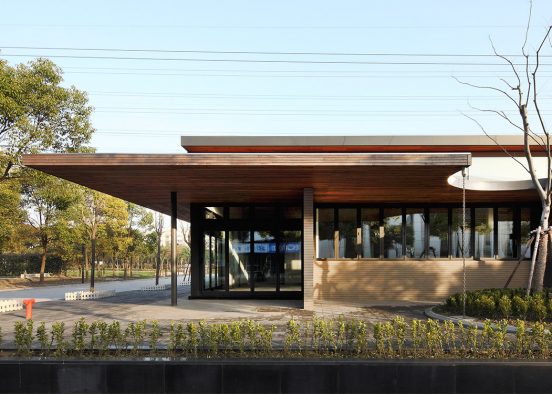








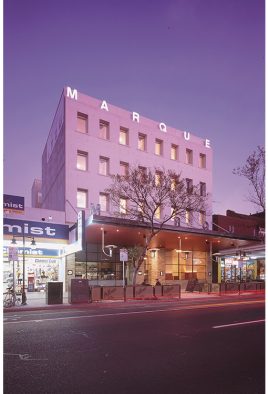














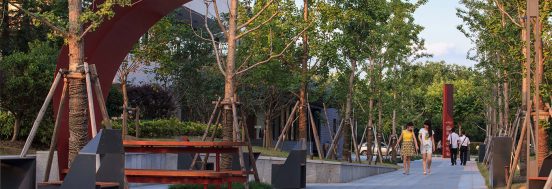

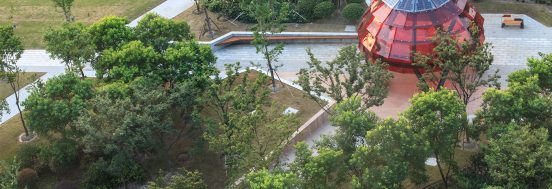

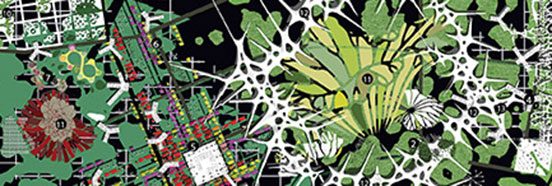













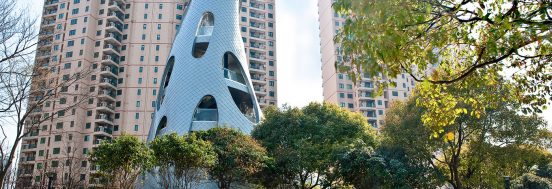
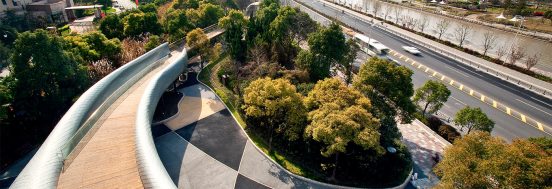




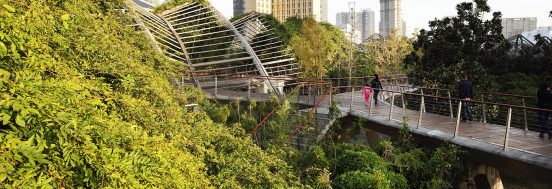
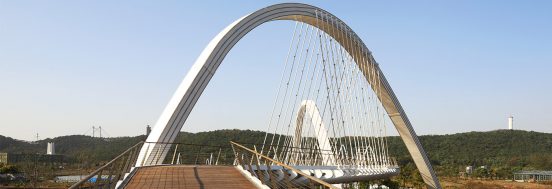
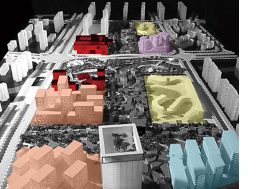

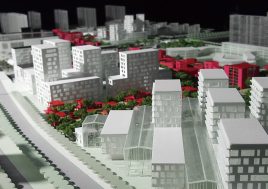






 Back to projects
Back to projects
